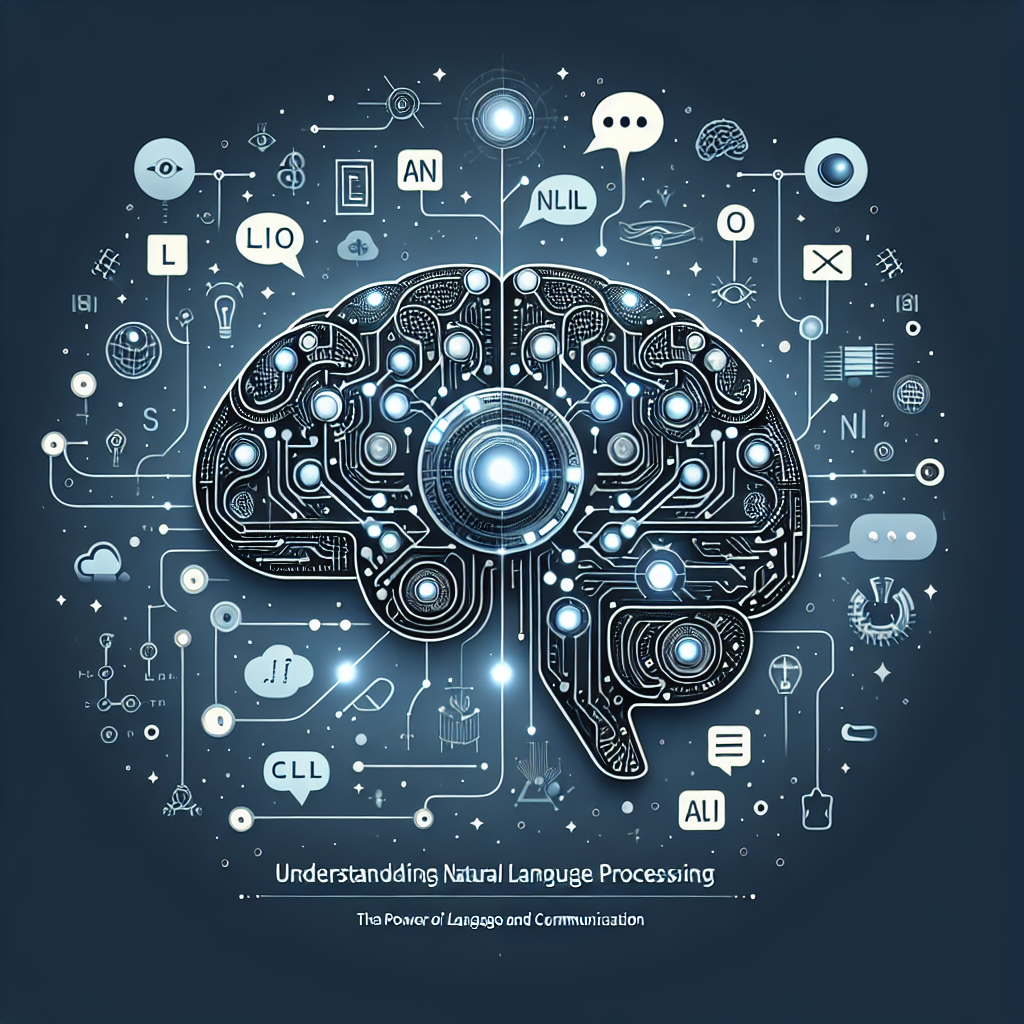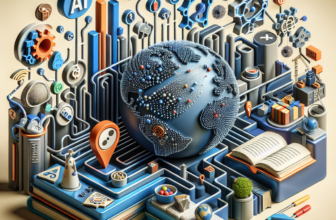Understanding Natural Language Processing: The Power of AI in Language and Communication

In today’s digital world, the power of artificial intelligence (AI) and machine learning is revolutionizing the way we communicate and interact with technology. One key area where AI is making a significant impact is in natural language processing (NLP), which allows computers to understand, interpret, and respond to human language in a meaningful way.
Understanding Natural Language Processing
Natural Language Processing (NLP) is a subfield of artificial intelligence that focuses on the interaction between computers and human language. It enables computers to understand and process natural language data, such as text and speech, and extract meaningful information from it. NLP is used in a wide range of applications, including virtual assistants, chatbots, language translation, sentiment analysis, and text summarization.
The Power of AI in Language and Communication
AI-powered NLP has the potential to transform the way we communicate with technology. By enabling computers to understand and interpret human language, NLP opens up countless opportunities for more natural and intuitive interactions with devices and applications. For example, virtual assistants like Siri, Alexa, and Google Assistant use NLP to understand and respond to spoken commands, allowing users to perform tasks and access information using natural language.
In addition to virtual assistants, NLP is also being used in customer service chatbots to provide human-like interactions and support. These chatbots can understand and respond to user queries in natural language, providing personalized assistance and resolving issues in a more efficient and effective manner.
NLP is also a key component in language translation technologies, allowing for more accurate and natural translations between different languages. This has profound implications for cross-cultural communication and global business, enabling people to communicate more effectively across language barriers.
Furthermore, NLP is used in sentiment analysis to understand and extract emotions and attitudes from text. This is valuable for businesses and organizations looking to gauge customer satisfaction, monitor public opinion, and analyze social media conversations.
Overall, the power of AI in language and communication is evident in the wide range of applications where NLP is being utilized to enhance user experiences, streamline processes, and facilitate more natural and meaningful interactions.
Frequently Asked Questions (FAQs)
Q: What is the difference between artificial intelligence and machine learning?
A: Artificial intelligence (AI) is a broad field of computer science that focuses on creating machines and systems that can mimic human intelligence. Machine learning is a subset of AI that involves training algorithms to learn from data and make predictions or decisions without being explicitly programmed to do so.
Q: How does natural language processing work?
A: Natural language processing involves using algorithms and statistical models to analyze and derive meaning from natural language data, such as text and speech. This can include tasks such as language understanding, language generation, information extraction, and sentiment analysis.
Q: What are some popular applications of NLP?
A: Some popular applications of NLP include virtual assistants, chatbots, language translation, sentiment analysis, text summarization, and speech recognition.
Q: How is NLP influencing the way we communicate with technology?
A: NLP is making technology more intuitive and accessible by enabling natural language interactions with devices and applications. This includes spoken commands to virtual assistants, text-based conversations with chatbots, and more accurate language translation services.
Q: What are the benefits of AI-powered NLP?
A: The benefits of AI-powered NLP include more natural and intuitive interactions with technology, improved language translation and communication across cultures, enhanced customer service experiences, and valuable insights from sentiment analysis.
In conclusion, natural language processing powered by artificial intelligence and machine learning is revolutionizing the way we communicate and interact with technology. The power of AI in language and communication is evident in the wide range of applications where NLP is being utilized to enhance user experiences, streamline processes, and facilitate more natural and meaningful interactions. As technology continues to advance, the potential for AI-powered NLP to transform how we communicate and interact with the digital world is limitless.







